Helpful Guidance with claims
Insurance Claims Process
Consultation
A no-cost inspection to evaluate your property for storm damage. We’ll check your roof, siding, gutters and more to identify any issues. If we determine your property is free of storm damage, we’ll let you know—no charge, no hassle. If we spot damage, we’ll advise you to file a claim.
File Your Claim
You’ll contact your insurance company to file a claim for your storm damaged property. Let them know you’d like your roofing representative present for the adjustor inspection, and request a specific date and time that works for you.
Adjustor Inspection
If the adjuster confirms storm damage alongside our findings, they will prepare an estimate for the repairs, reviews it with you and issues a payment covering the replacement or repair costs, minus depreciation and your deductible.
We start the work
Tornada Valley Roofing will request a copy of the estimate to draw up a contract based on that estimate, and confirm the adjuster did not overlook or misjudge anything. We are ready to get your repairs started!
Real storms cause real damage to your home
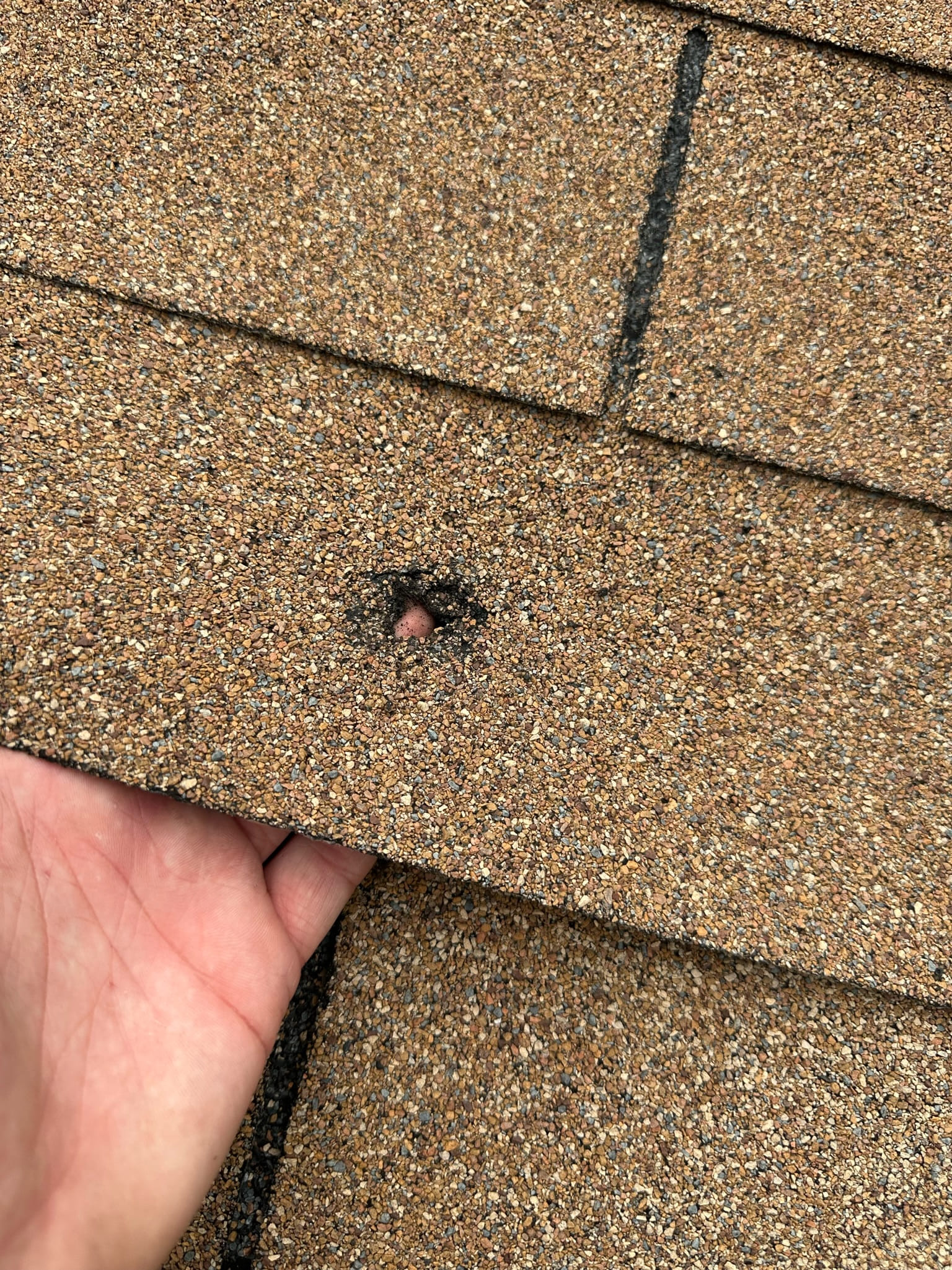
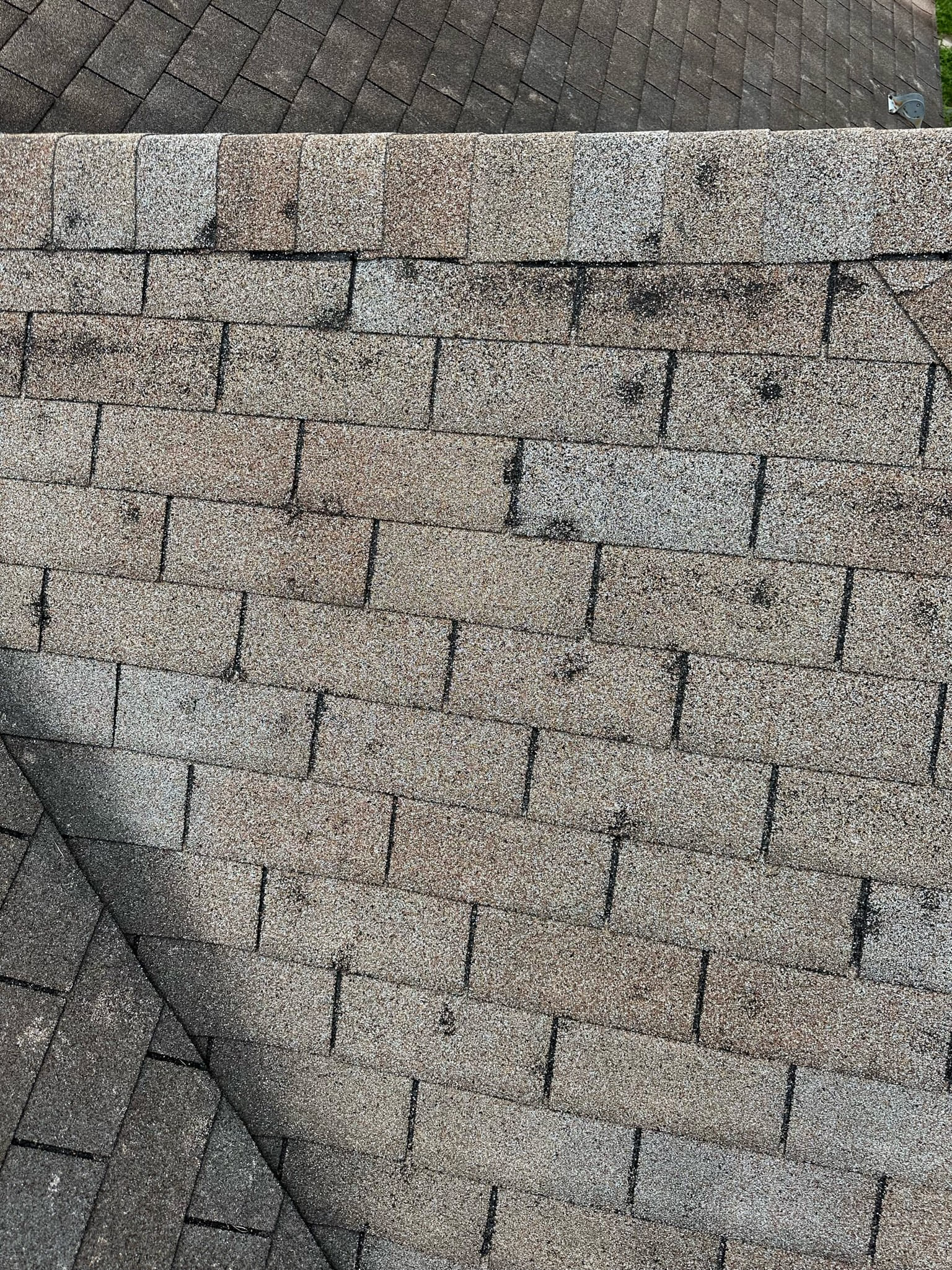
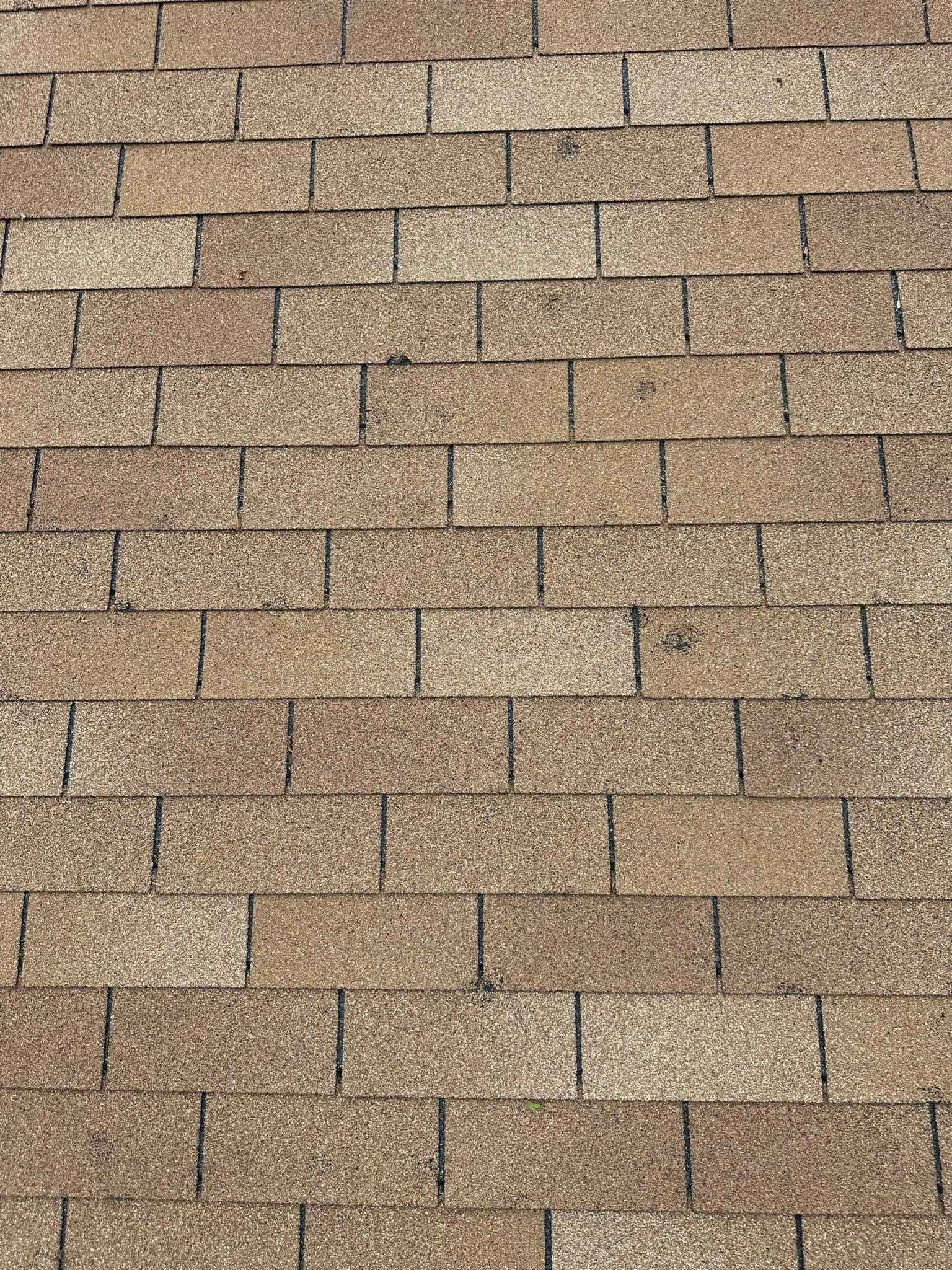
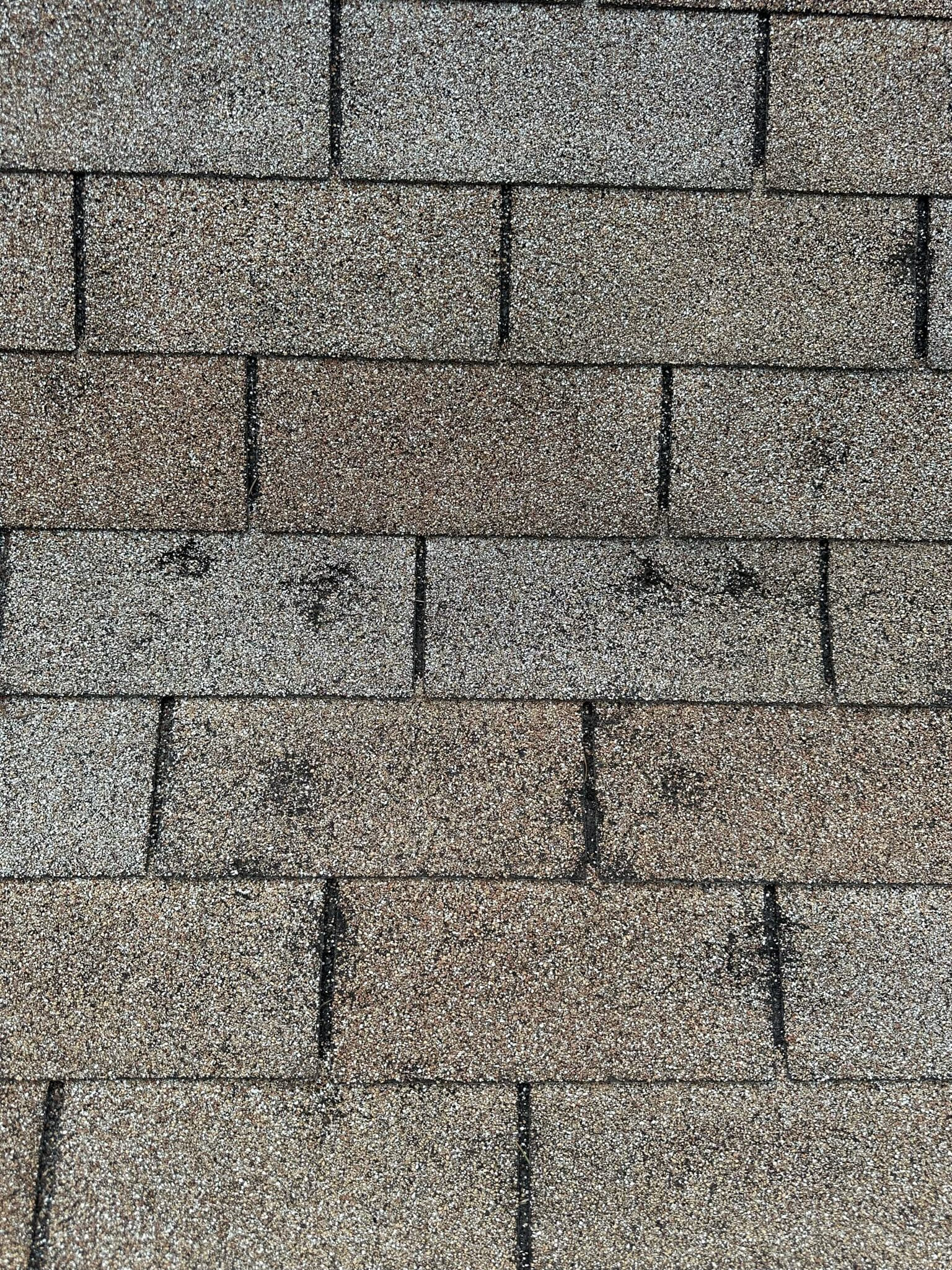
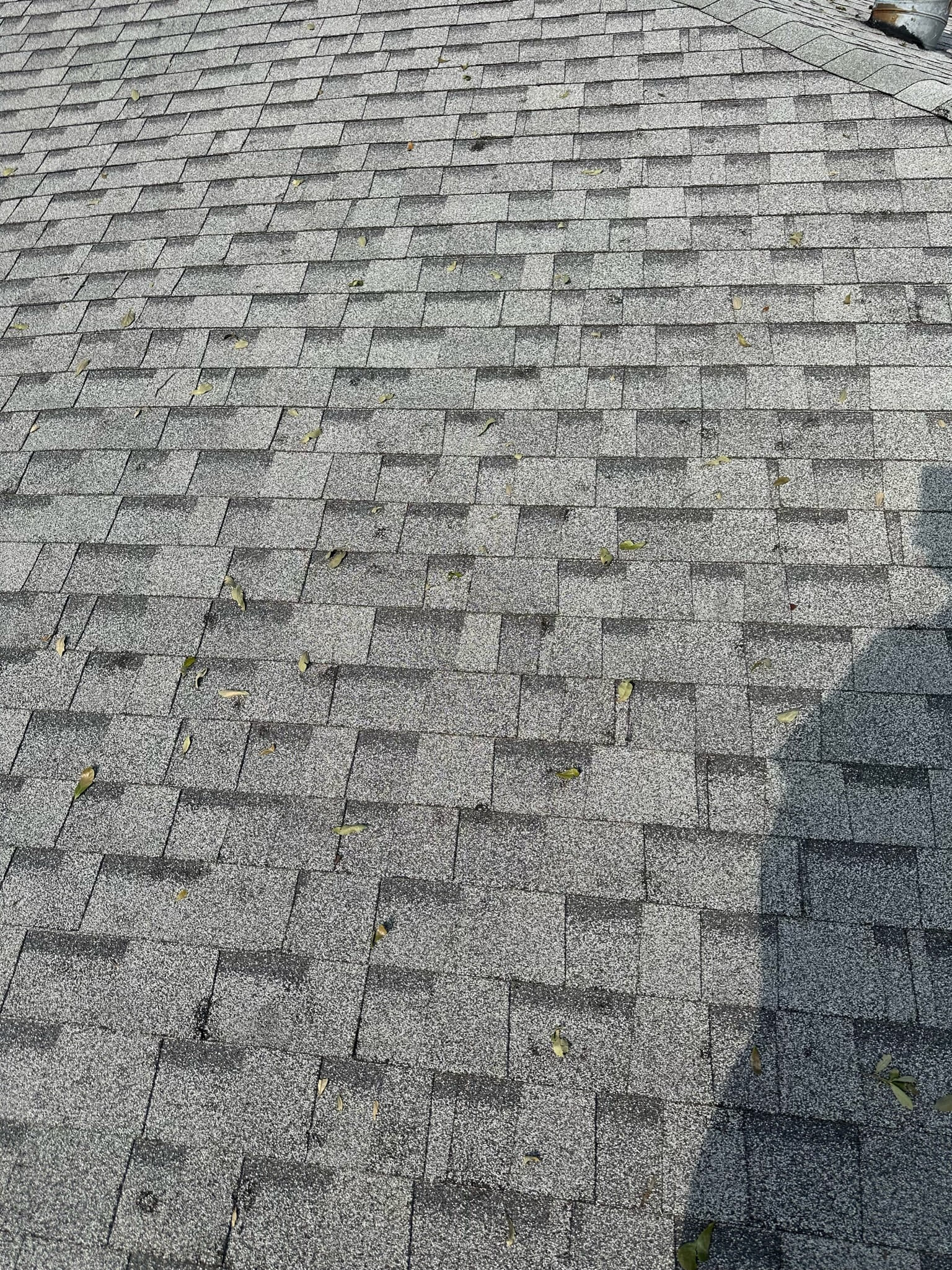
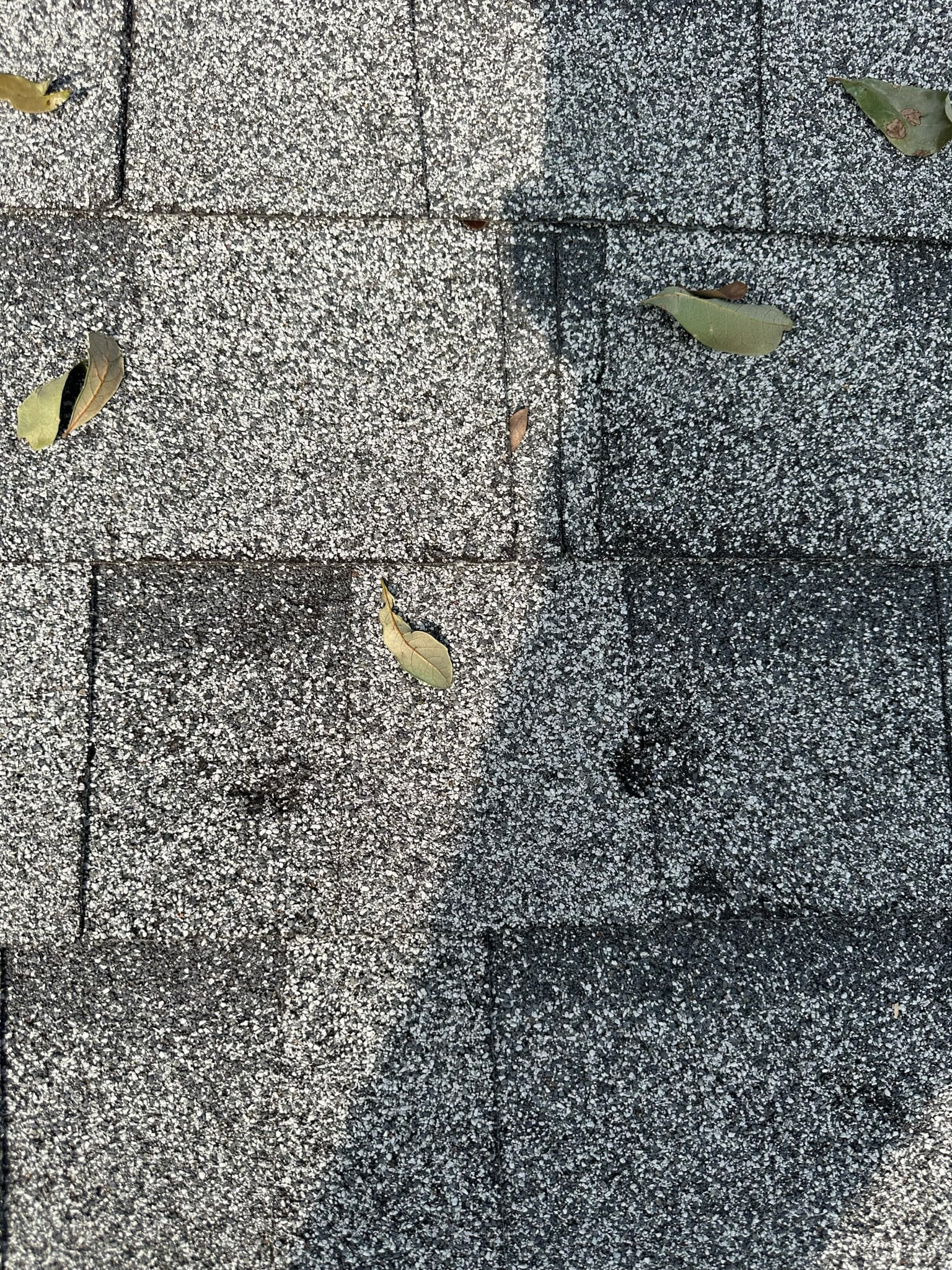
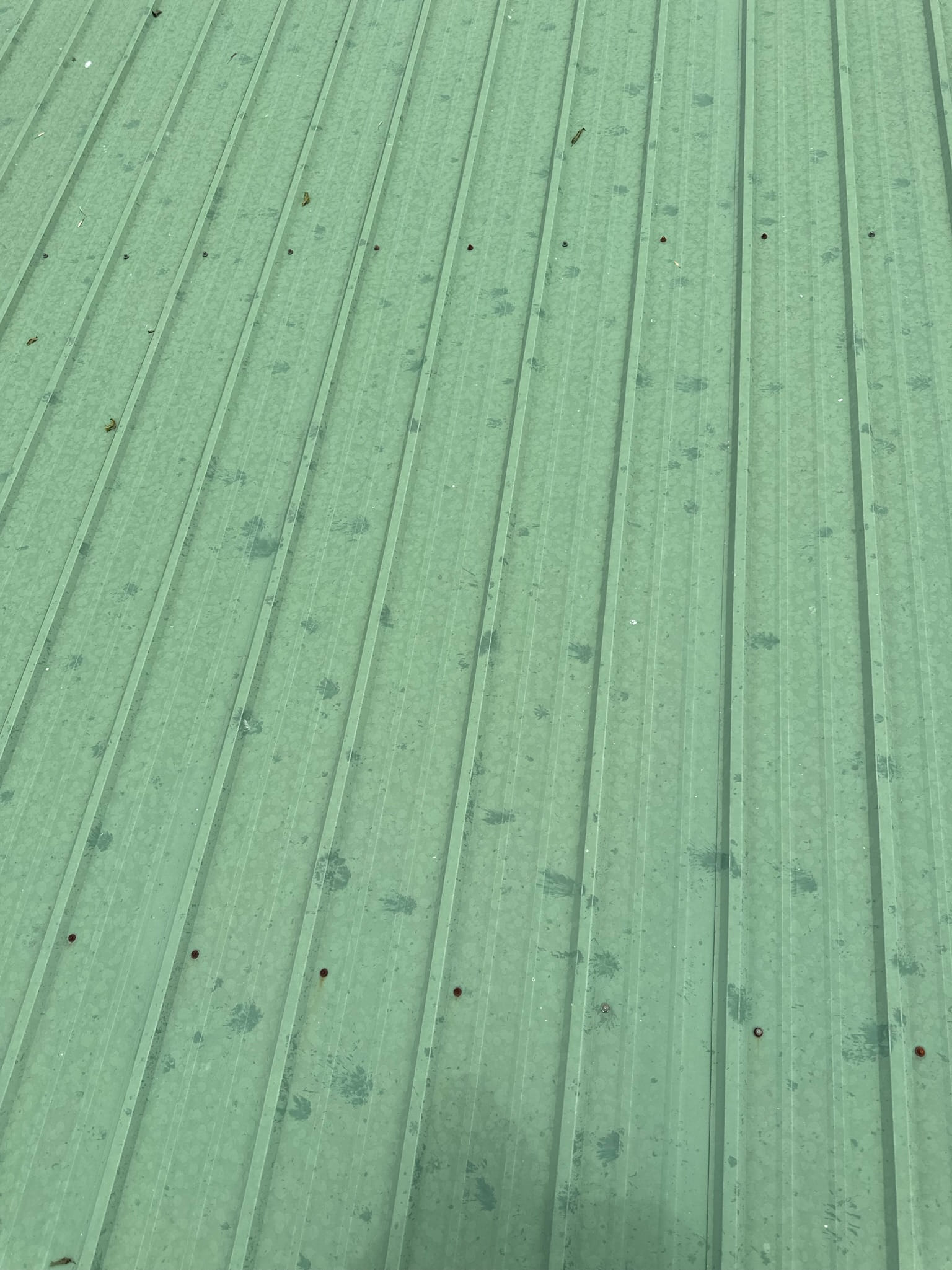
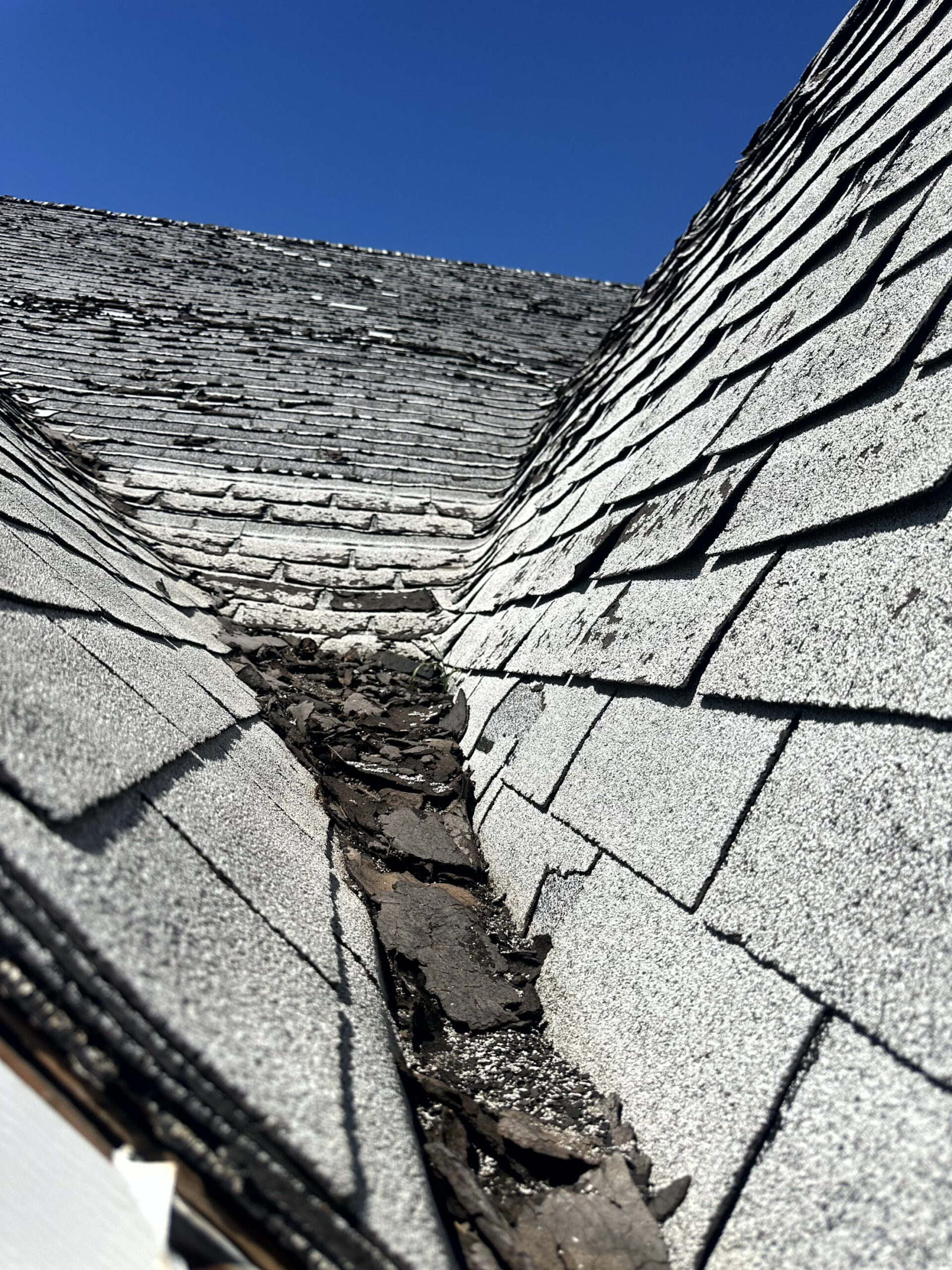
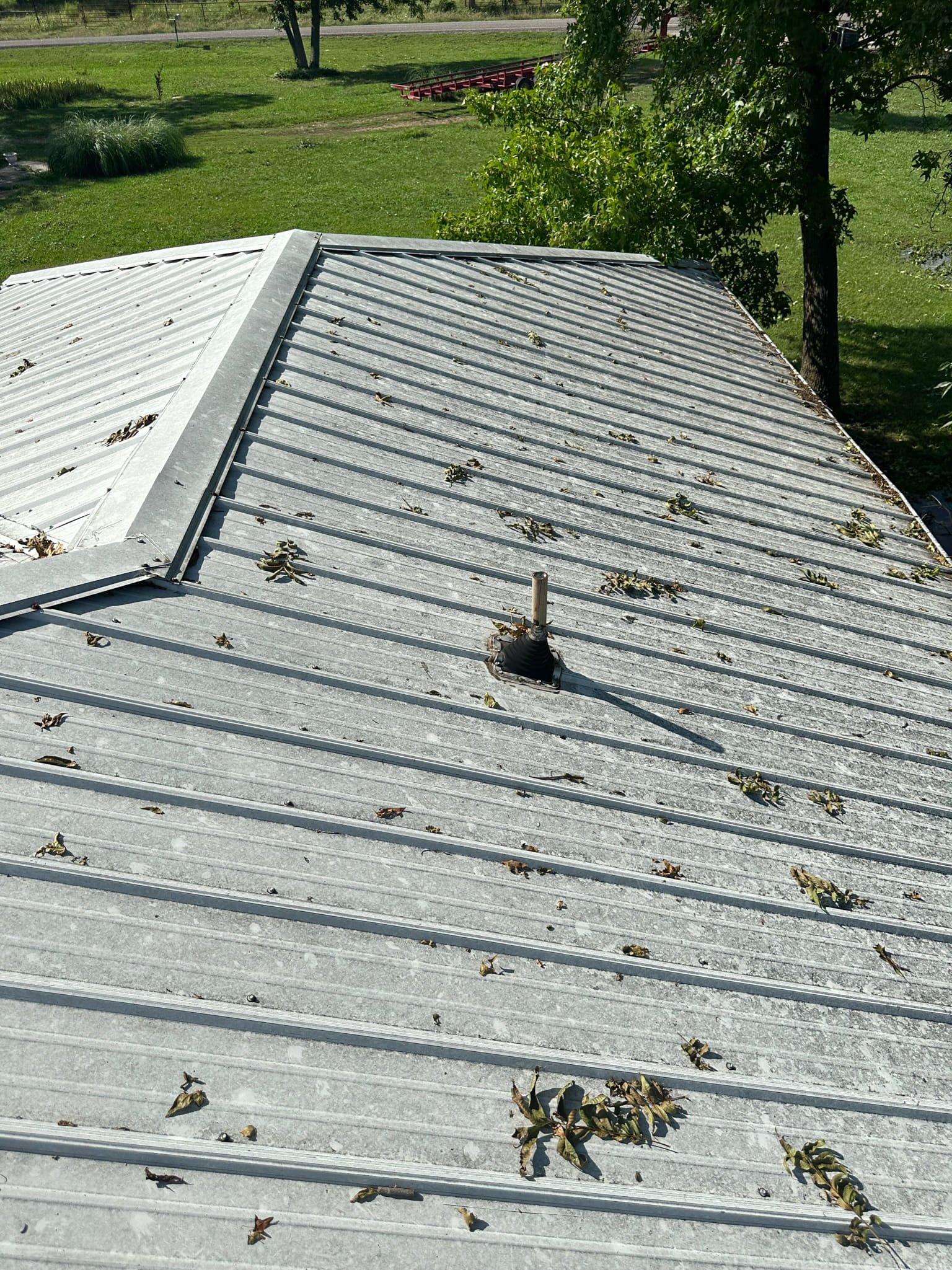
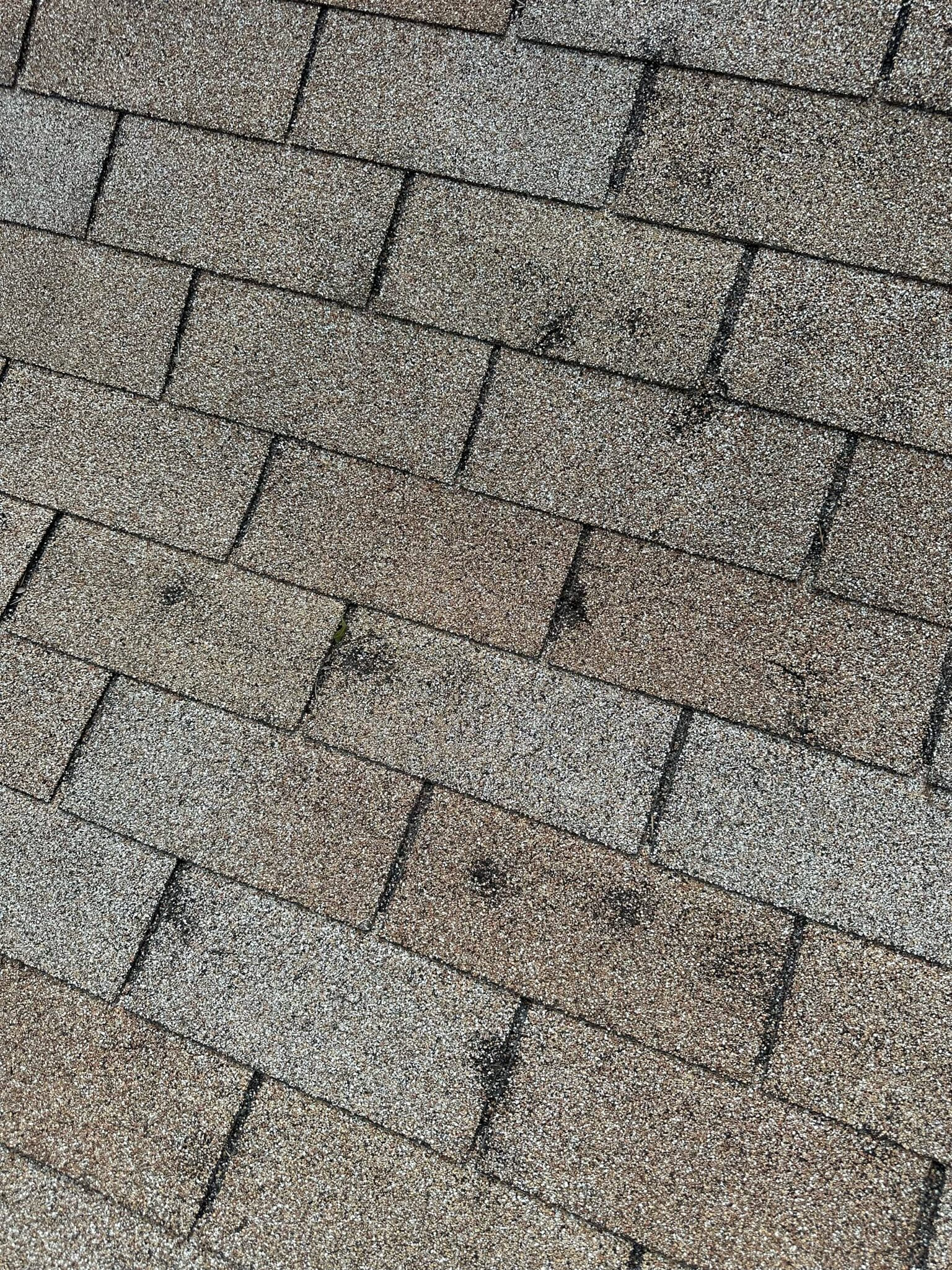
Tornado Valley Roofing proudly serves homeowners across Oklahoma and Texas. Your homeowner’s insurance policy typically covers storm-related damage, including wind and hail. If you have a Replacement Cost Value (RCV) policy—which about 90% of homeowners do—your insurance provider will generally cover the full cost of replacing your roof and other damaged areas, minus your deductible, based on current market rates.
Many homeowners hesitate to file storm damage claims, fearing it might raise their insurance premiums. However, in Texas, state law ensures that claims filed for natural disasters, like storms, won’t negatively impact your insurance record or increase your rates. Oklahoma homeowners can also rest easy knowing that Tornado Valley Roofing specializes in identifying storm damage and expertly handling weather-related repairs and replacements.
Insurance Claim FAQ's
Hail damage can be deceptive. Even if you’re not seeing leaks, hail can bruise or crack shingles and knock off protective granules, weakening your roof over time. Look for signs like dented gutters, granule debris in your downspouts, or areas of discolored or brittle shingles. The best way to know for sure is to schedule a professional inspection—our team has seen these subtle signs for over a decade, and we’re here to help you catch issues early.
Yes, you typically can recover that money as long as you have a Replacement Cost Value Policy (RCV). If you have an Actual Cash Value (ACV) you will not be able to recover any depreciation. As all ACV policies have “non recoverable depreciation. Insurance companies often withhold a portion of your claim (recoverable depreciation) until the repair or replacement work is completed. This practice is based on the fact that your roof loses value over time. When you complete the necessary repairs and provide the appropriate documentation, the withheld funds are released to you. This process protects you by ensuring that the work is done properly—and it means you eventually get the full replacement value you’re entitled to.
Yes, your deductible is part of your insurance policy and is your share of the repair cost. It’s important to understand that while the deductible might seem like an extra expense, it’s the only amount you’re expected to pay out-of-pocket once a claim is approved. We’re committed to honesty and integrity, so we’ll always help you understand your policy details and ensure that every dollar from your claim is used to restore your roof properly.
That’s correct. When your claim is processed, your insurance company usually subtracts your deductible before issuing a payment. For example, if the total repair cost is estimated at $10,000 and your deductible is $1,000, you’ll receive around $9,000 from the insurer. The deductible is the amount you agreed to pay upfront under your policy, and this process is standard practice in both Texas and Oklahoma.
Every roof and insurance claim is unique. Your adjuster may have determined that only a section of your roof has sustained significant damage—while your neighbor’s roof might have widespread issues. Factors such as the age and condition of your roof, the extent of the damage, and even the specific guidelines of your insurance company can all influence the outcome. If you believe more of your roof should be covered, we can help by providing additional documentation and even requesting a reinspection to ensure nothing is overlooked.
When it comes to an insurance claim, chasing multiple estimates isn’t always necessary. Insurance companies generally use standardized pricing for repairs based on local costs. What matters most is choosing a contractor you trust—someone who works well with your insurer and won’t cut corners. We pride ourselves on our reputation and our transparent process. Rest assured, our pricing reflects the quality materials and workmanship you deserve, and we’re here to guide you through every step of your claim.
Sometimes our detailed estimate may come in higher than the insurance adjuster’s initial figure—often because we’ve identified additional damage or current material costs that the initial review overlooked. If this happens, we’ll work directly with your insurer through a supplement process. We provide thorough documentation and clear explanations so that any legitimate differences are resolved. Our goal is to ensure you only pay your deductible, while the insurer covers the necessary repairs to restore your roof to its pre-storm condition.
Yes—standard homeowners policies in Texas and Oklahoma typically cover hail and windstorm damage to roofs. However, each policy is unique, so it’s wise to review your policy or contact your agent to confirm your specific coverage. Not all damage deems filing a claim, for instance if just a couple of shingle have blown off in the wind there is no reason to file a claim. The reason for this is that the cost to repair damages would not be more than the cost of the homeowners deductible. In an instance like this it would be up to the homeowner to come out of pocket to make any repairs that are necessary. If you are unsure if you should file a claim, reach out to us and let one of our experts give you an evaluation.
Generally, yes. If storm-related roof damage leads to interior issues like water leaks, damaged ceilings, or walls, your homeowners policy usually covers these related damages as part of your claim. Make sure to document all damage thoroughly, and reach out to us immediately so we can guide you through the next steps.
Absolutely. If your roof has sustained damage, your insurance policy requires you to take reasonable steps to prevent further damage. Temporarily covering the damaged area with a tarp helps protect your home and demonstrates to the insurance company that you’ve acted responsibly. Call us as soon as possible—we’ll help you secure your home promptly and safely.
Absolutely. Having a trusted roofing contractor take a look first ensures you’re making the right call—especially if the damage is minor and won’t exceed your deductible. Sometimes a storm may only blow off a few shingles or bring hail that’s too small to cause harm. In cases like these, filing a claim could be unnecessary and might even complicate your insurance record. That’s why it’s so important to have an honest, experienced professional evaluate your roof. If our inspection shows that repairs are minimal, we’ll recommend simply paying out of pocket for the fix. On the other hand, if there’s genuine storm damage worth claiming, our thorough documentation can greatly simplify the process with your insurer. Either way, we’ll always give you a clear explanation of our findings, plus a professional recommendation that puts your best interest first.
Typically, insurance companies require you to file your claim within one year after a storm. However, timelines can vary slightly depending on your insurance provider and policy terms. I recommend contacting your insurance company as soon as possible after the storm to avoid missing important deadlines and complicating your claim.
You absolutely have the right to choose your own roofing contractor. While your insurance company may suggest or recommend certain contractors, the choice is always yours. It’s important to select a roofing contractor you trust—one that is reputable, experienced, and operates with integrity. At our company, we pride ourselves on quality work, excellent customer care, and transparent communication throughout the insurance process.
Definitely. Having your roofing contractor present during the adjuster’s inspection is beneficial. Our team has the expertise to ensure all damage is identified and clearly documented during the inspection. This collaboration helps ensure your claim accurately reflects all necessary repairs and can make a significant difference in your claim outcome.
This is a common practice. If you have a mortgage, your lender has a financial interest in ensuring your home is repaired properly, which is why their name appears on the claim check. Typically, you’ll need their endorsement to cash or deposit the check. If this process seems confusing, don’t worry—we regularly guide homeowners through this step, making it quick and easy for you.
Don’t panic—claim denials happen, but they’re often not final. If your claim is denied, we can review the denial with you, provide additional evidence, and request a reinspection or file an appeal if necessary. We’ve helped countless homeowners successfully overturn initial denials by thoroughly documenting storm damage and clearly communicating with insurance companies. You’re not alone—we’re here to advocate for you.
Yes, you can. If another storm damages your roof—even if it was recently repaired or replaced—you’re still eligible to file another claim. Each claim is evaluated separately based on new damage, independent of previous claims. Living in storm-prone regions like Texas and Oklahoma, insurers expect this scenario, and we’re here to help you document and submit new claims whenever necessary.
Protect Your Home from the Elements—Starting Today
Need A Free Estimate?
Get in touch with us today for a no-obligation, free estimate on your roofing project. Our experienced team is here to provide you with an accurate assessment and affordable options!



